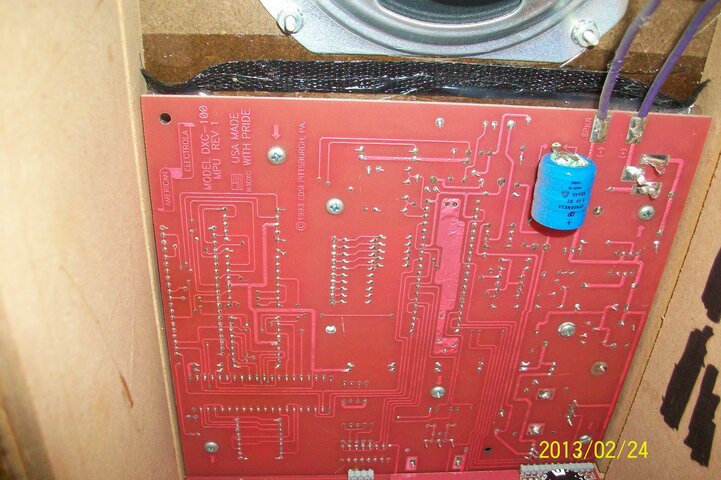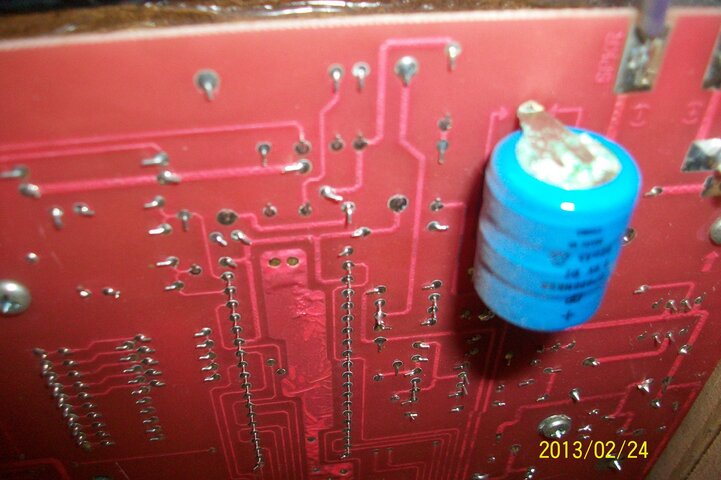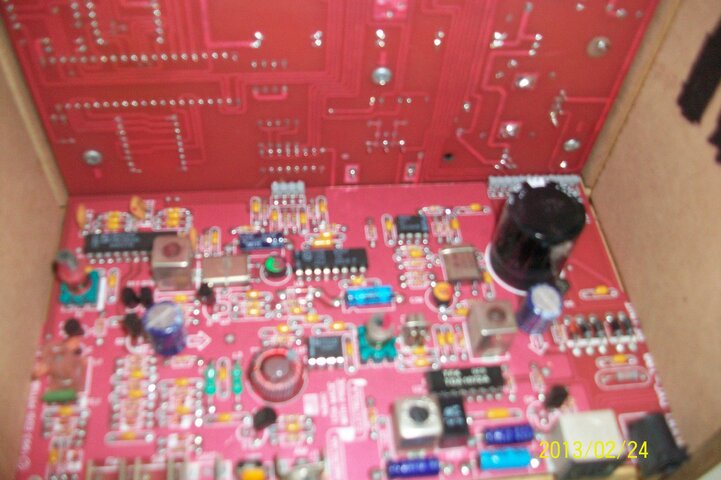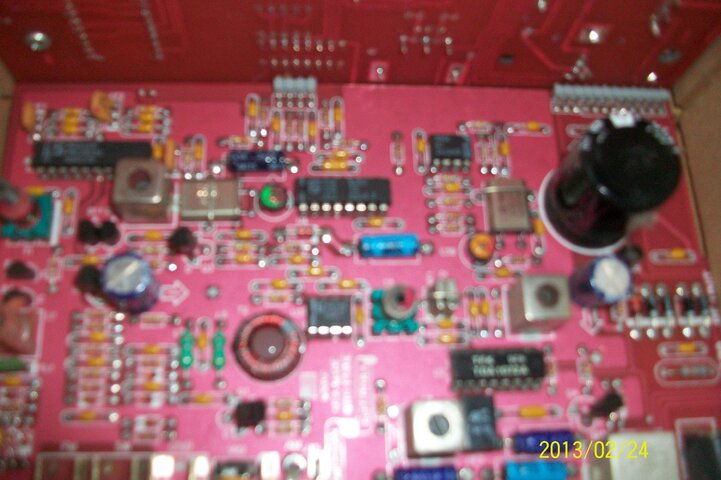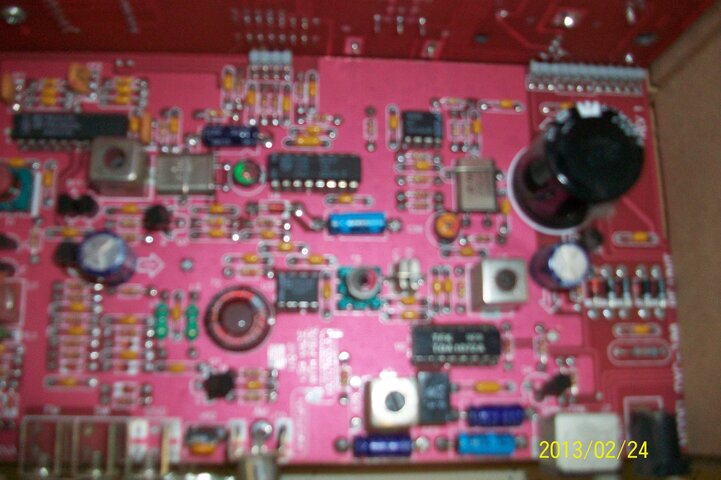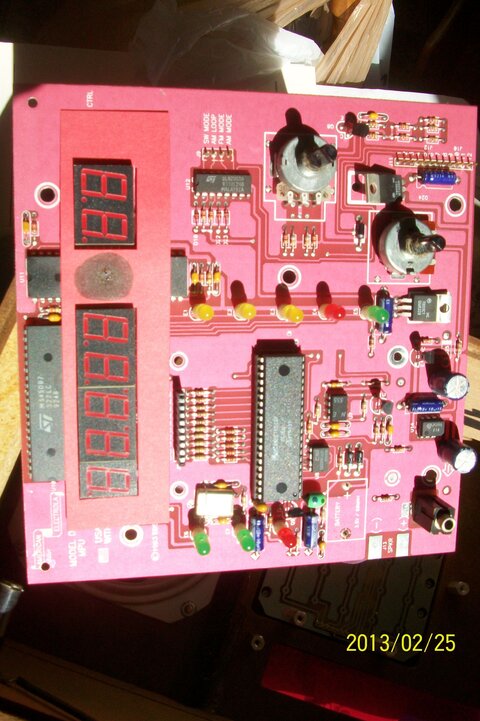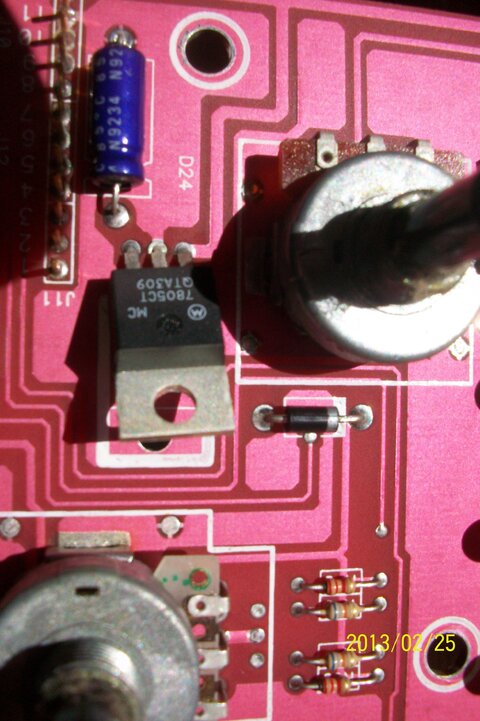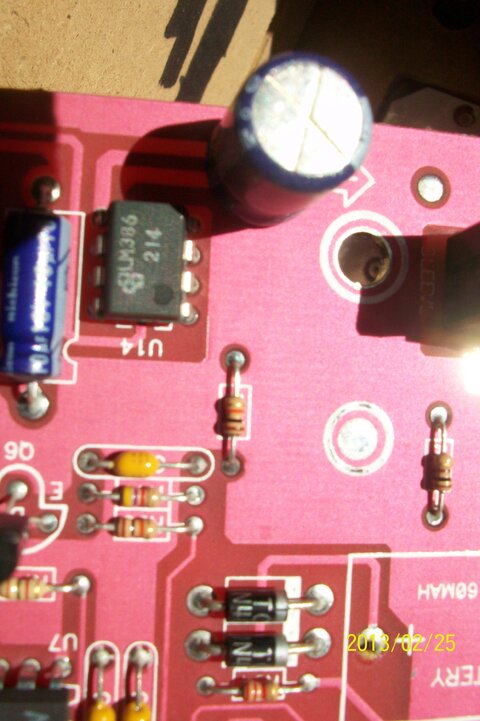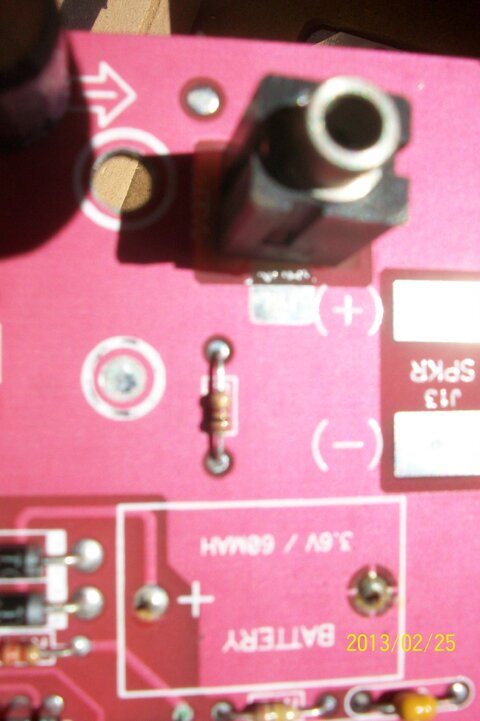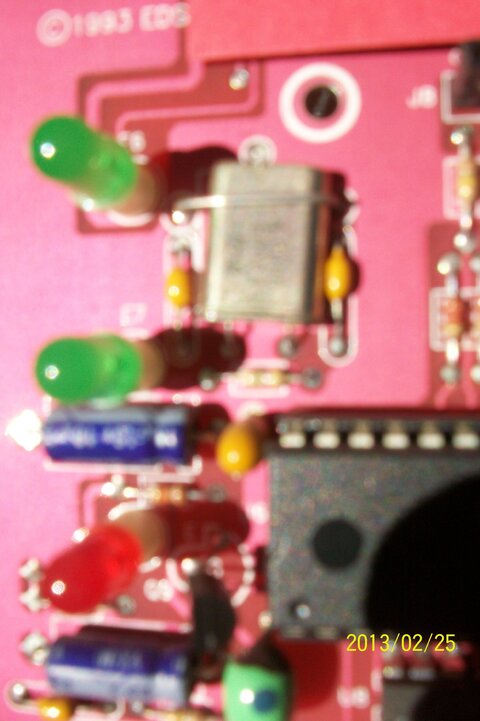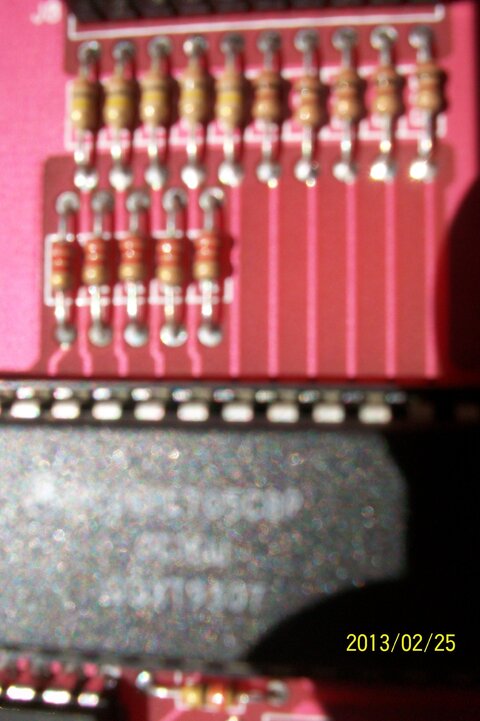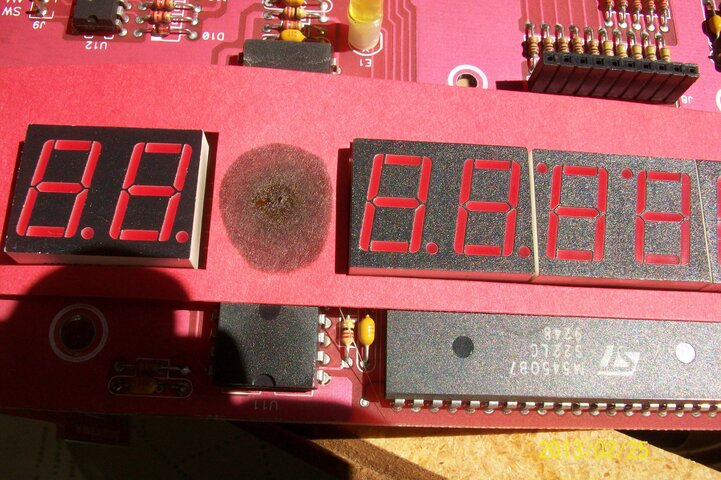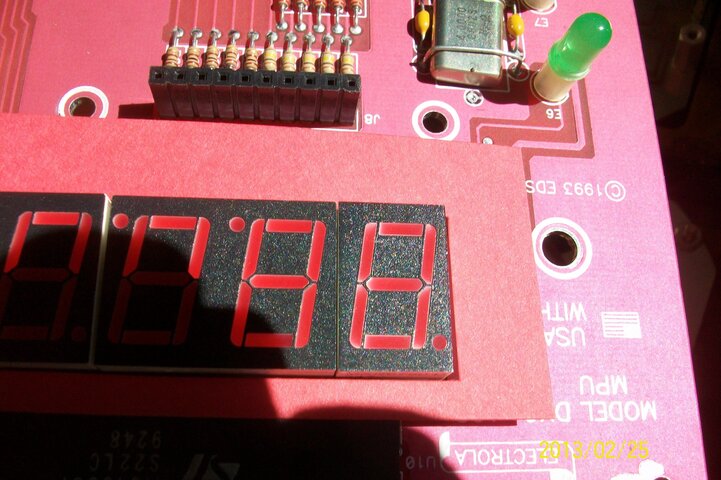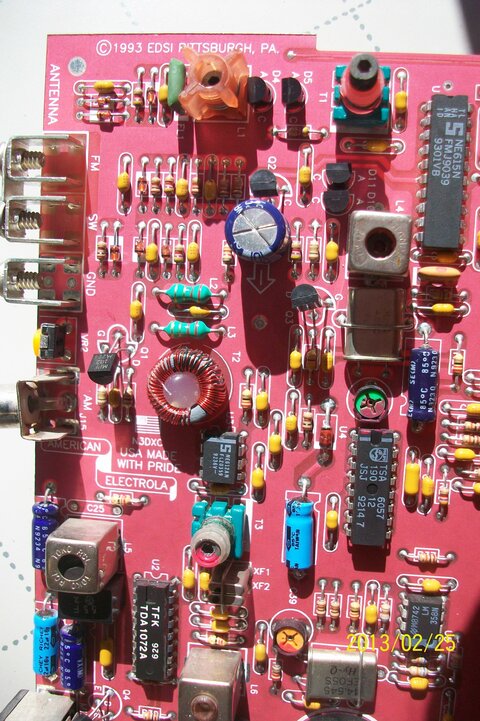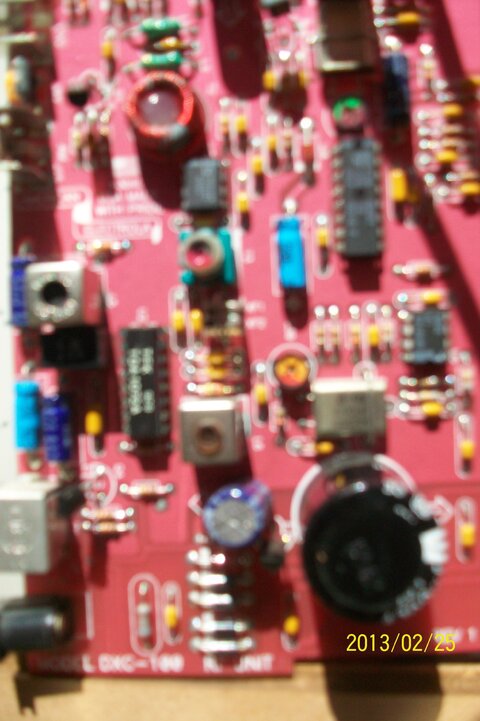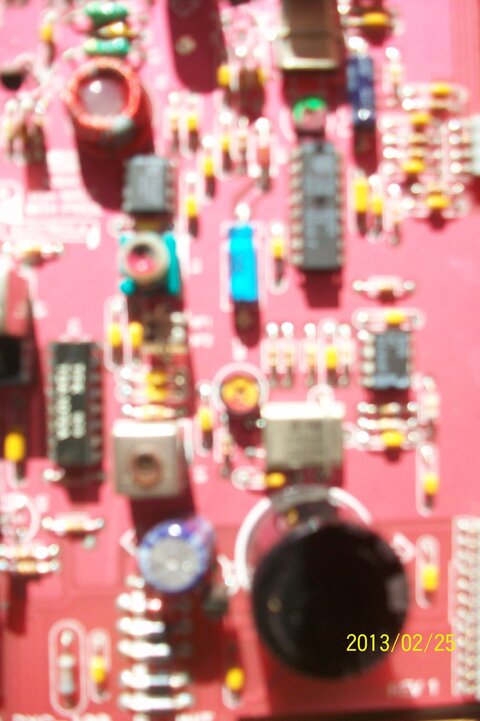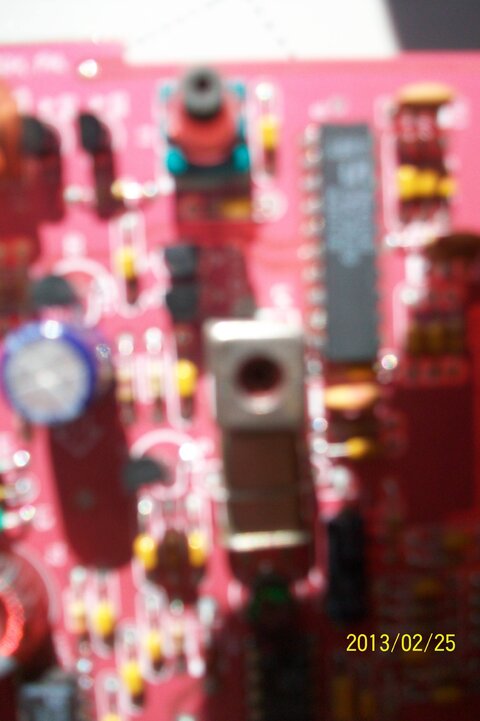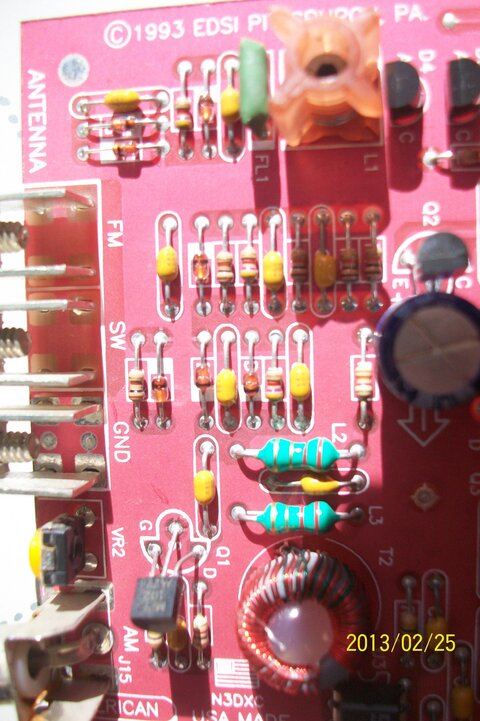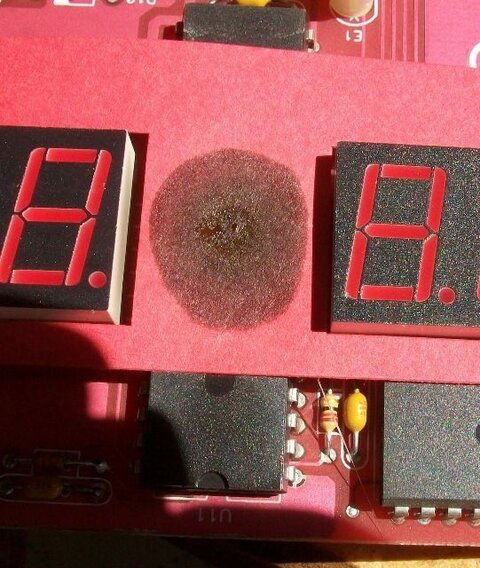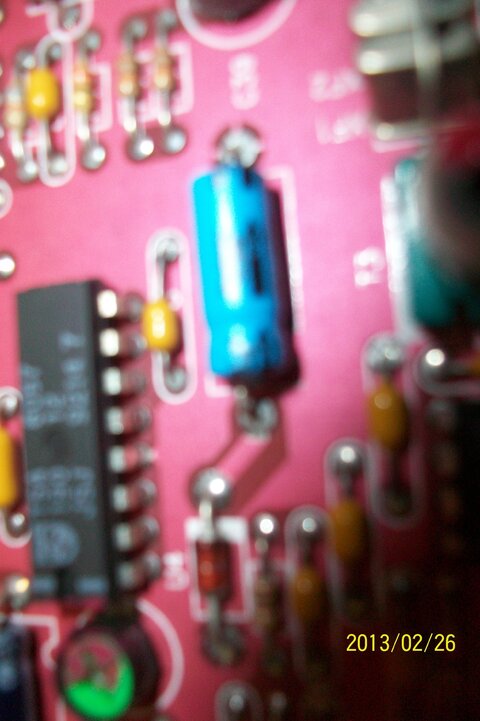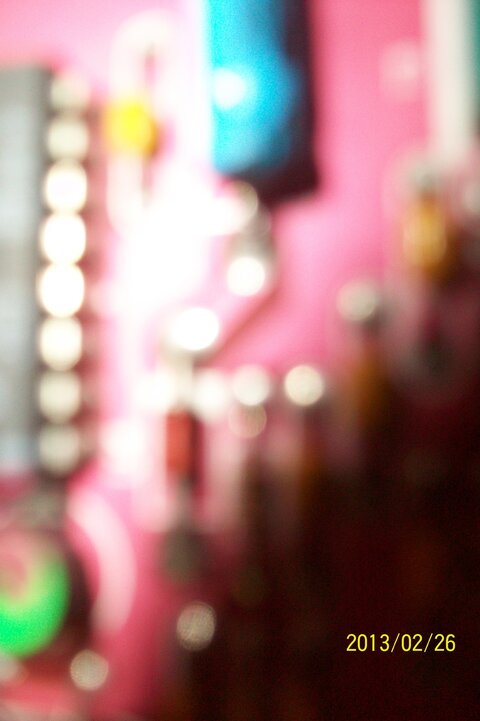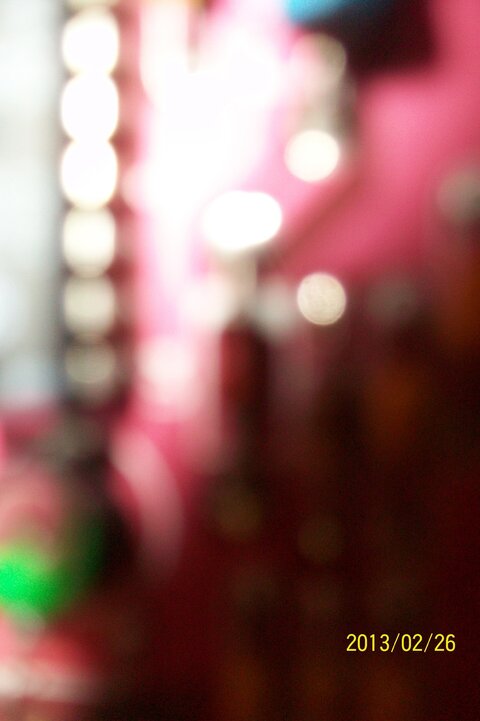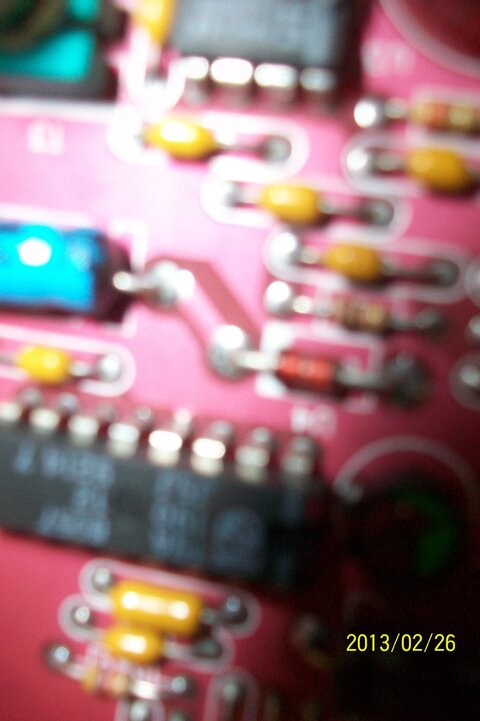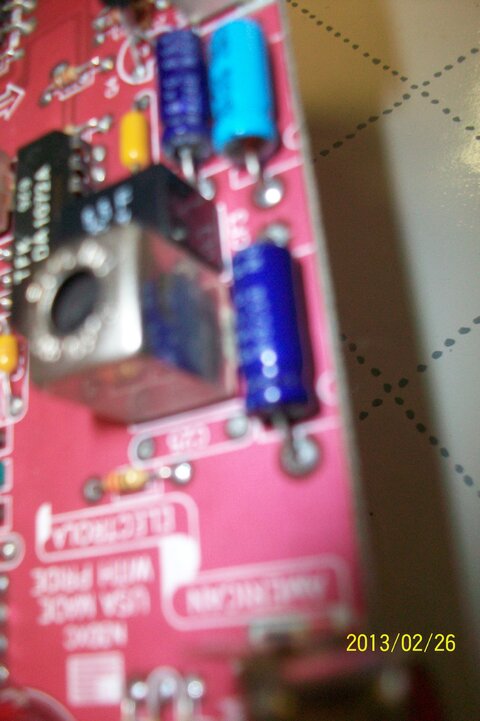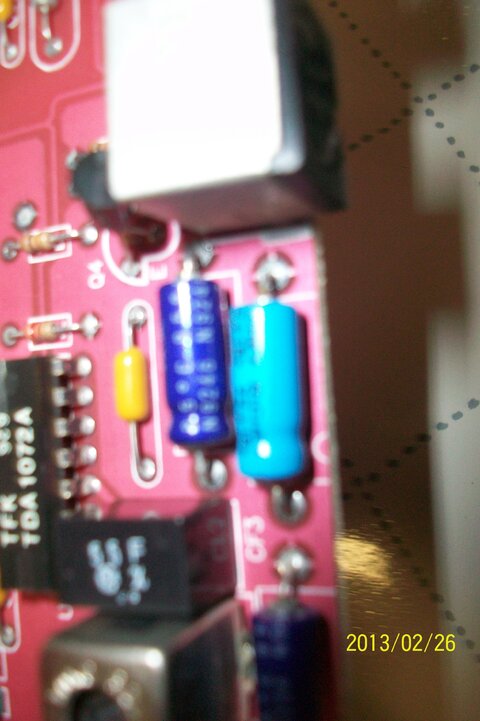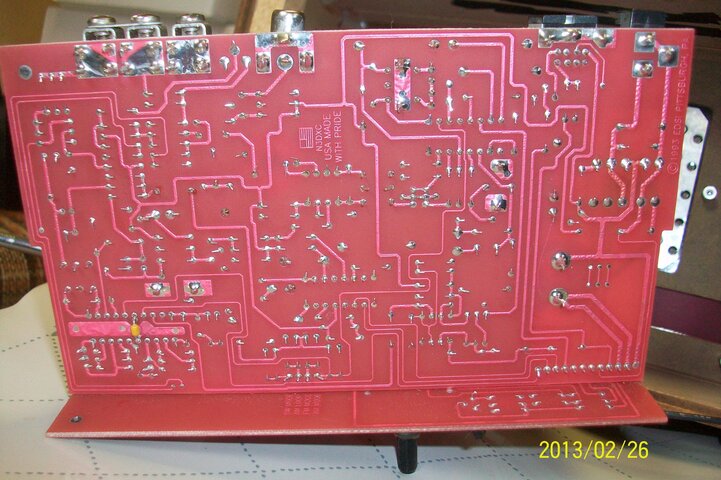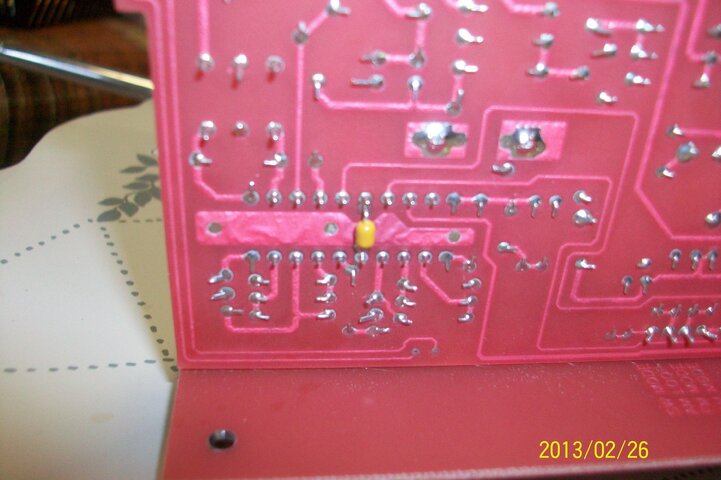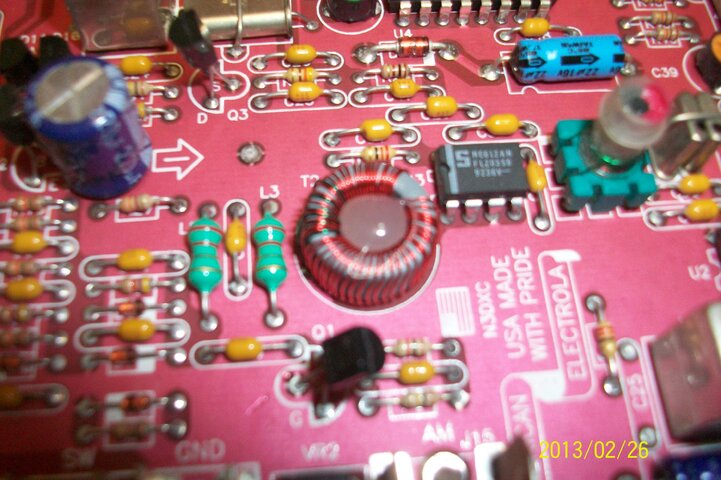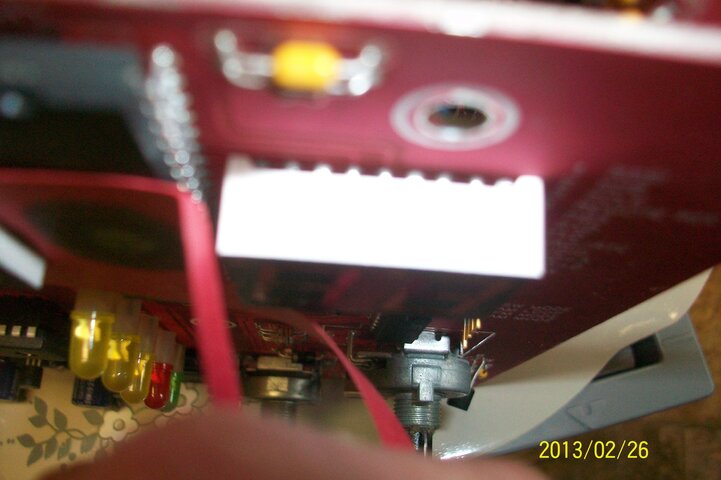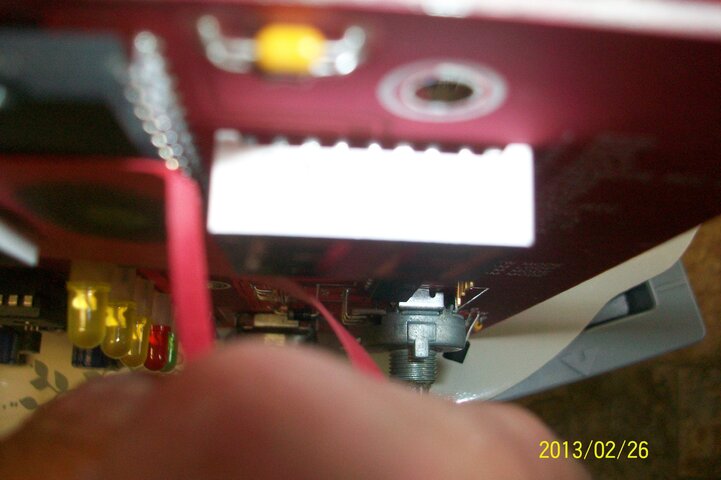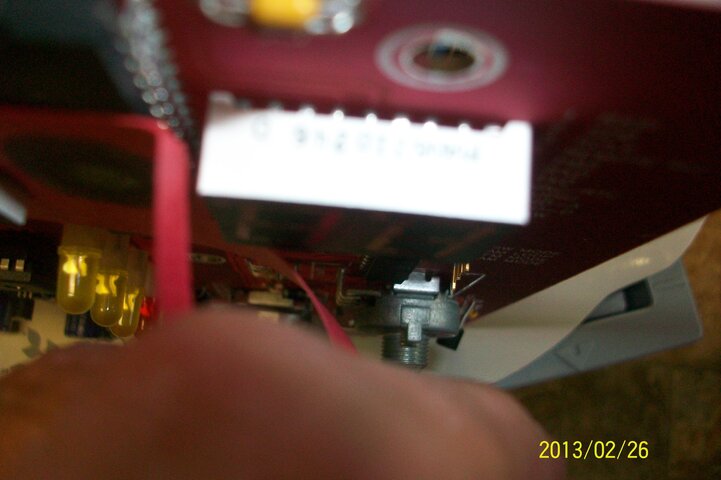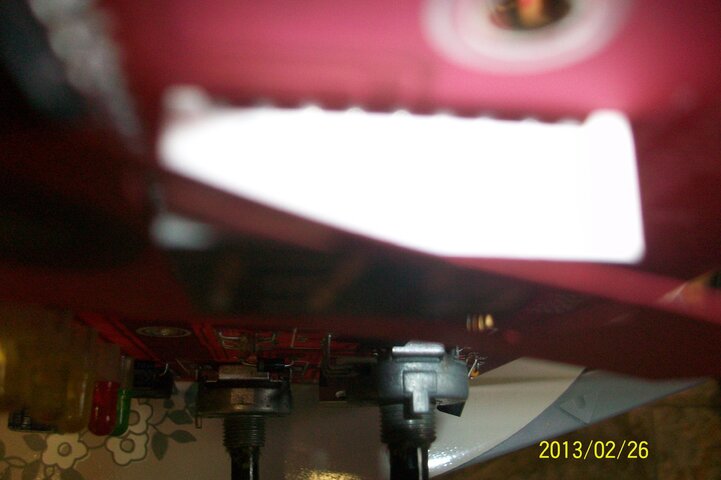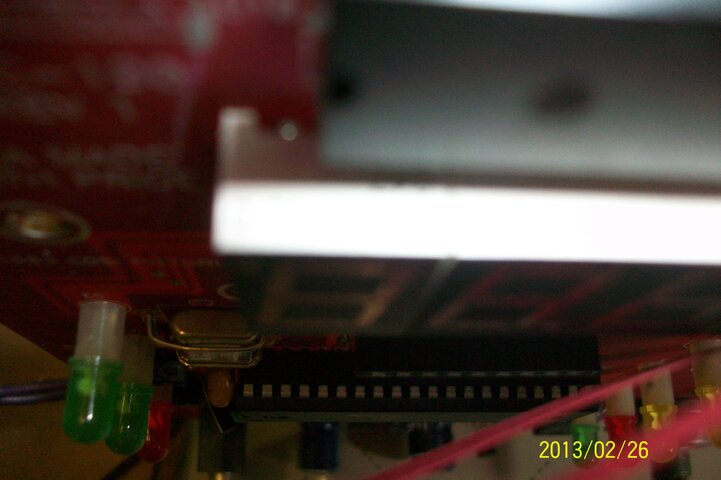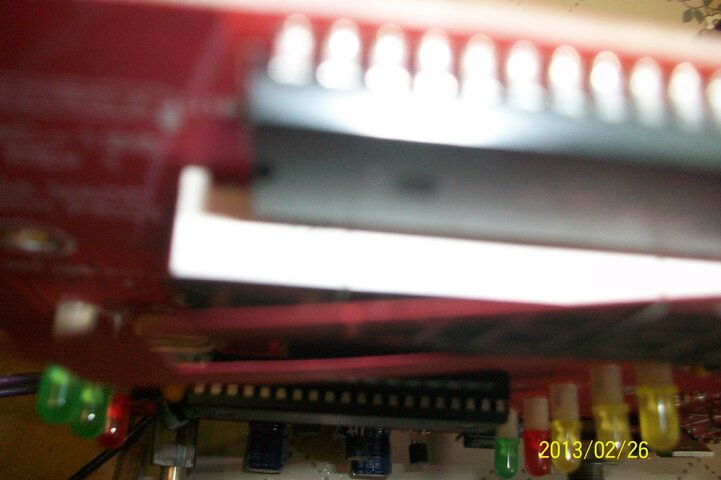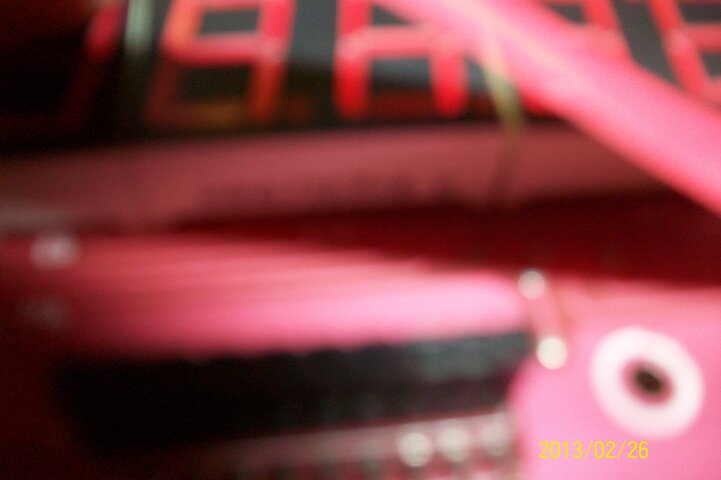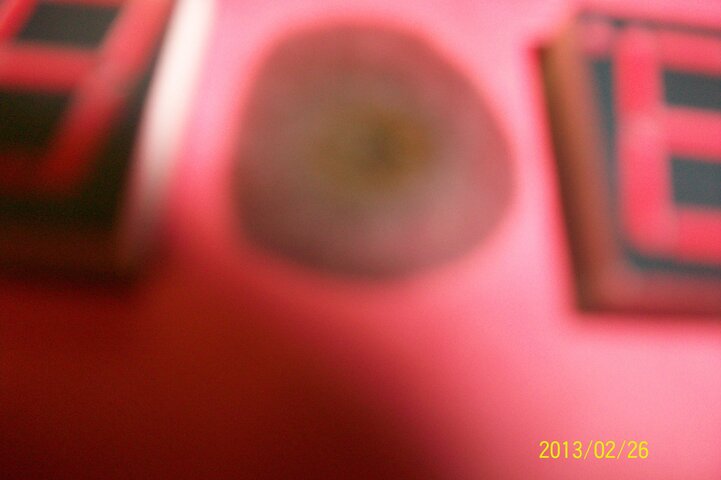I have a DX100 American Electrola Radio, AM FM SW. It is a receiver only, which quit working many years ago. Several years ago the seller had stated that capacitors would need replaced because they go bad.
In this particular xxx://www.youtube.com/watch?v=3zUbXgNT8Oo they mentioned the backup battery being the problem.
Several years back when asking about having the capacitors replaced one former repairman said send it back to the factory, well there is not any. Another response several years ago from a person who repaired circuit boards for industry said they could repair it if they had a schematic, again I do not have.
This radio was built in Pittsburgh, PA out of as many American parts as they could find. Your thoughts on getting the radio to work?
In this particular xxx://www.youtube.com/watch?v=3zUbXgNT8Oo they mentioned the backup battery being the problem.
Several years back when asking about having the capacitors replaced one former repairman said send it back to the factory, well there is not any. Another response several years ago from a person who repaired circuit boards for industry said they could repair it if they had a schematic, again I do not have.
This radio was built in Pittsburgh, PA out of as many American parts as they could find. Your thoughts on getting the radio to work?



